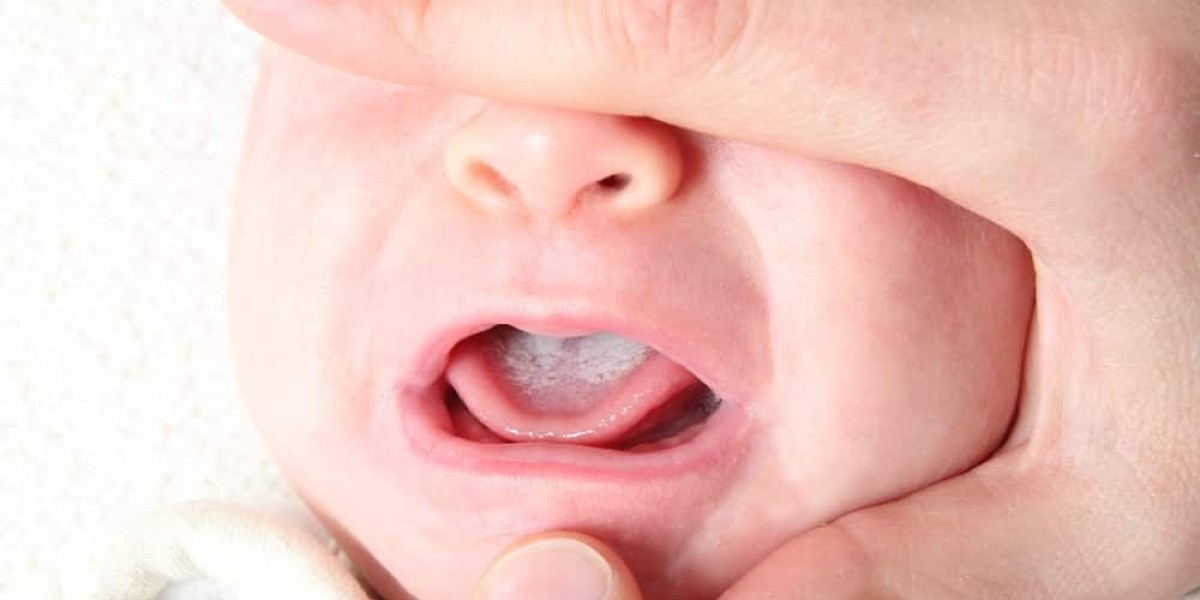Understanding Candida Infections: An Overview
Oropharyngeal candidiasis, colloquially known as thrush, is a common fungal infection caused by Candida species, most frequently Candida albicans. This condition primarily affects the mucous membranes of the mouth and throat, resulting in symptoms such as white patches, soreness, and difficulty swallowing. Oropharyngeal candidiasis can occur in individuals of all ages, but it is particularly prevalent among those with compromised immune systems, such as individuals living with HIV/AIDS or undergoing immunosuppressive therapy.
Global Impact and Prevalence
The global prevalence of Oropharyngeal Candidiasis is substantial, with millions of cases reported annually across diverse demographic groups. The burden of this condition is especially pronounced in regions with high rates of immunosuppression and compromised immune function. In addition to causing discomfort and pain, untreated oropharyngeal candidiasis can lead to complications such as systemic fungal infections, posing significant challenges for healthcare systems worldwide.
Risk Factors and Vulnerable Populations
Numerous factors contribute to the development of oropharyngeal candidiasis, ranging from underlying medical conditions to lifestyle habits. Immunocompromised individuals, including those with HIV/AIDS, organ transplant recipients, and patients undergoing chemotherapy, are particularly susceptible due to their weakened immune systems. Other risk factors include prolonged antibiotic use, corticosteroid therapy, poorly controlled diabetes, and the use of dentures, which can harbor yeast overgrowth.
Diagnostic Approaches and Clinical Challenges
Diagnosing oropharyngeal candidiasis typically involves a combination of clinical assessment and laboratory testing. Healthcare providers may conduct a physical examination to inspect the oral cavity for characteristic white lesions or erythematous patches. In some cases, swabs or scrapings of the affected area are collected for microscopic examination or culture to confirm the presence of Candida species. However, diagnosing oropharyngeal candidiasis can be challenging due to its nonspecific symptoms and the potential for coexisting conditions.
Treatment Strategies and Evolving Therapies
The management of oropharyngeal candidiasis revolves around antifungal therapy aimed at eradicating the underlying fungal infection. Topical antifungal agents, such as clotrimazole or nystatin oral suspensions, are commonly prescribed for mild to moderate cases of thrush. In more severe or refractory cases, systemic antifungal medications, such as fluconazole or itraconazole, may be warranted. Additionally, maintaining good oral hygiene practices and addressing predisposing factors, such as denture hygiene or immunosuppression, are integral components of comprehensive management.
Emerging Trends and Future Directions
The landscape of oropharyngeal candidiasis is evolving, with ongoing research efforts focused on improving diagnostic accuracy, exploring novel treatment modalities, and elucidating the underlying mechanisms of fungal pathogenesis. Advances in molecular diagnostics, including polymerase chain reaction (PCR) assays and next-generation sequencing, hold promise for more rapid and precise identification of Candida species and antifungal resistance patterns.
Furthermore, there is growing interest in the development of alternative therapies for oropharyngeal candidiasis, such as probiotics, immunomodulators, and photodynamic therapy. These modalities aim to modulate the host immune response, restore microbial balance, or directly target fungal pathogens, offering potential adjunctive or alternative approaches to conventional antifungal agents.
Conclusion
In conclusion, oropharyngeal candidiasis presents significant challenges for healthcare providers and patients alike, necessitating a multifaceted approach to diagnosis, treatment, and prevention. By understanding the risk factors, diagnostic approaches, and treatment strategies associated with this condition, healthcare providers can effectively manage and mitigate its impact on patient health and quality of life. Moreover, ongoing research and innovation in the field of fungal infections hold promise for uncovering new insights and therapeutic avenues for combating oropharyngeal candidiasis and improving patient outcomes.
Get More Insights On Oropharyngeal Candidiasis



